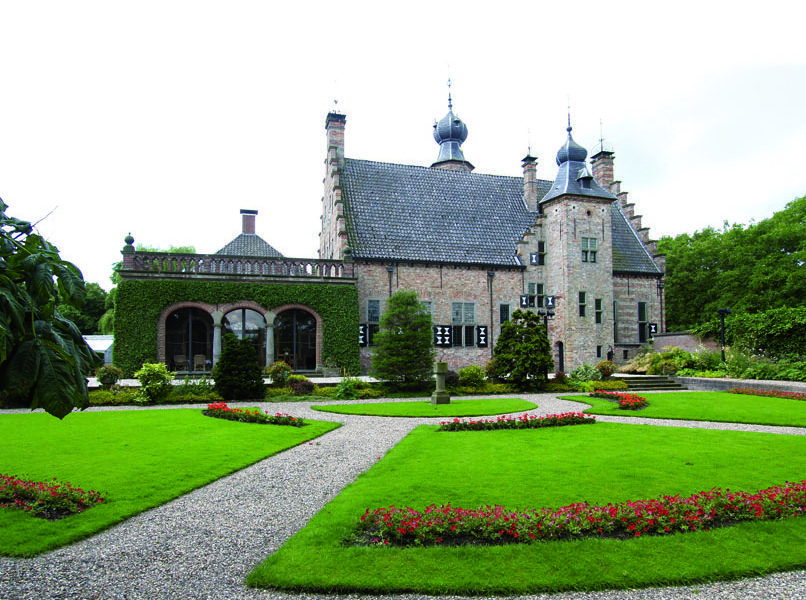Stinzen and staten
From a mediëval tower (‘stins’) to a palace (‘state’)
The first buildings to be built in Friesland using natural stone or bricks were stone refuge towers, known in Friesland as ‘stinzen’. ‘Stins’ means stone. These squat towers with rounded peaks served as a refuge for their owners, the farming gentry. These people were the rural aristocracy in Friesland, which had no earls or counts before 1500.
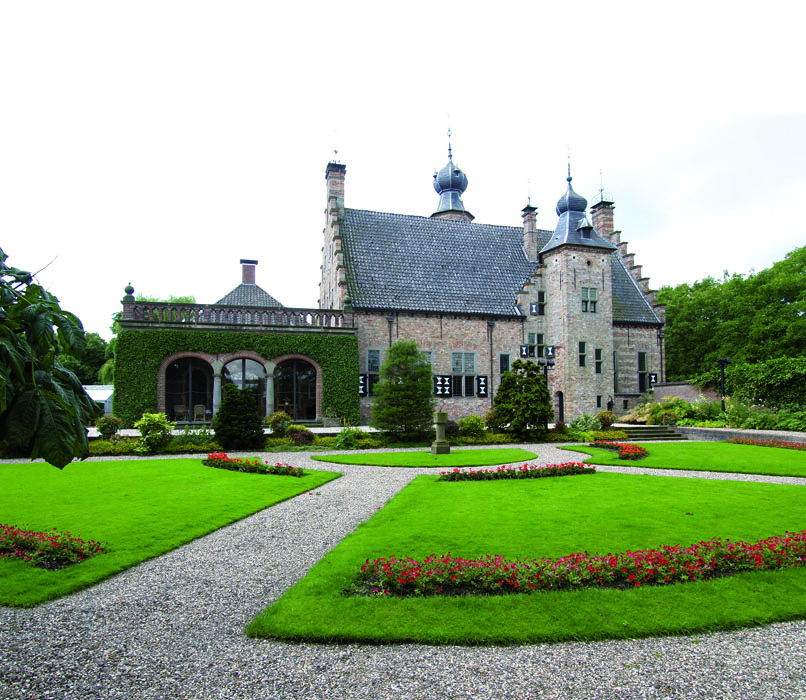
Poptaslot – Heringastate – Marsum
Natural stone
The first ‘houses’ in Friesland were made from wood and reeds because of a lack of readily available natural stone in the region. However, churches were built of natural stone, primarily tuff stone from the Eifel mountain range in Germany. The stone was transported to the North of the country along the river IJssel via the towns of Deventer and Kampen.
Monks: the brickmakers
In the late Middle Ages, after 1200, monks taught the residents of Friesland how to make bricks from the clay soils. Ancient manuscripts show that one of the first stone houses, the ‘castella’, was built near Dokkum in 1223. These were not residential houses, but towers which served as a refuge to the residents of the generally moated farms in the event of danger. A supply of food for consumption during lengthy sieges was stored in the towers and they proved their worth in the period 1350-1500 when a conflict arose between two groups, the Schieringers and the Vetkopers. At the time, there was no central authority which could maintain order in Friesland. As a result, even the monasteries and convents became embroiled in the dispute between the two aristocratic families. The conflict between the rival groups ended when the dukes of Saxony and Charles V arrived on the scene.
Wierstins
The first of these towers were located on a hill and were referred to using the tern ‘stinswier’. A medieval ‘stinswier’ without a tower still stands between Berlikum and Menaldum. The only surviving ‘stinstoren’ tower is in Veenwouden. It is known as the ‘Schierstins’ and has door openings high up above the ground. ‘Stinzen’ were also built In the towns, such as the Cammingha or Liauckama tower in the Grote Kerkstraat in Leeuwarden. (Princessehof Museum).
‘Stinzen’ on clay soil
A lot of ‘stinzen’ were built on the treeless clay soil in the North and West of Friesland (Westergo) which was home to the farming gentry. In the Middle Ages, these people were responsible for law and order and had their own small army to enforce it. The remains of jails are visible in some former ‘stinzen’. Over the years, some ‘stinzen’ were added to or became part of castle-like houses with defences.
After 1500: ‘States’ became palaces in the countryside
The level of safety in rural areas increased after 1500 due to changes in the way conflicts were settled and the increase in the power of the central authorities. The uncomfortable castle-like structures were converted into palace-like stately homes. In other words the ‘stinzen’ (towers) were turned into ‘states’ (palaces).
At the beginning of the seventeenth century, there were around 200 ‘states’ in Friesland. These were stately homes often surrounded by a moat – just like the ‘stinzen’ – and park-like woods. The majority of ‘states’ were located in the Northwest of Friesland, with hardly any being built in the Southeast. A lot of the residents of these stately homes, such as the Liauckamas in Sexbierum, spent the winter in Leeuwarden. In the course of the seventeenth century, rich merchants also started to show an interest in the stately homes. During the first half of the seventeenth century, in the period known as the Golden Age, the ‘states’ became small centres of art, culture and science. One of the few ‘states’ in the Southeast of Friesland was ‘Oranjewoud’. It was a country retreat with gardens whose construction was commissioned in 1676 by Albertine Agnes (the widow of the Frisian Stadholder Willem Frederik who also commissioned the creation of the Prinsentuin in Leeuwarden in 1648). Until the end of the eighteenth century, attractive gardens full of Central and Southern European plants were created around the ‘states’. This marked the start of the phenomenon of ‘stinzen flora’.
Demolition
Only a couple of the 200 ‘states’ have survived to date. One example Is the Dekema ‘state’ in Jelsum near Leeuwarden which dates from the fifteenth century. From 1750 onwards, a lot of attractive ‘stinzen’ and ‘states’ were demolished to make way for farms. Usually the gate houses were retained, as in the case of the Liauckamastate in Sexbierum. This one also still has its castle moat.
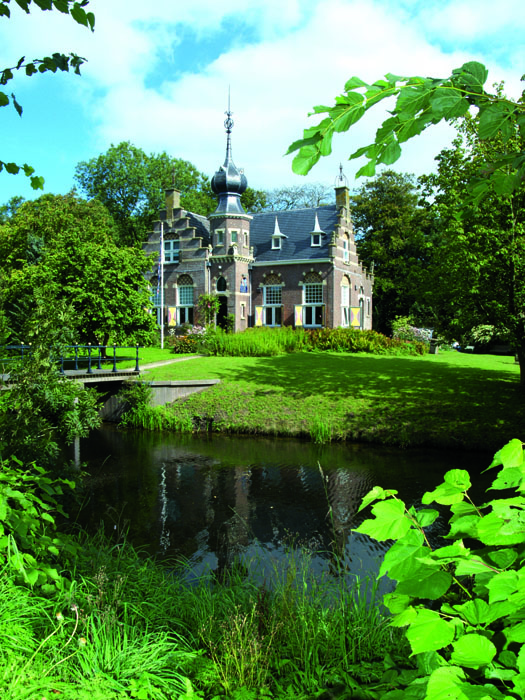
Martena State – Koarnjum (Cornjum)
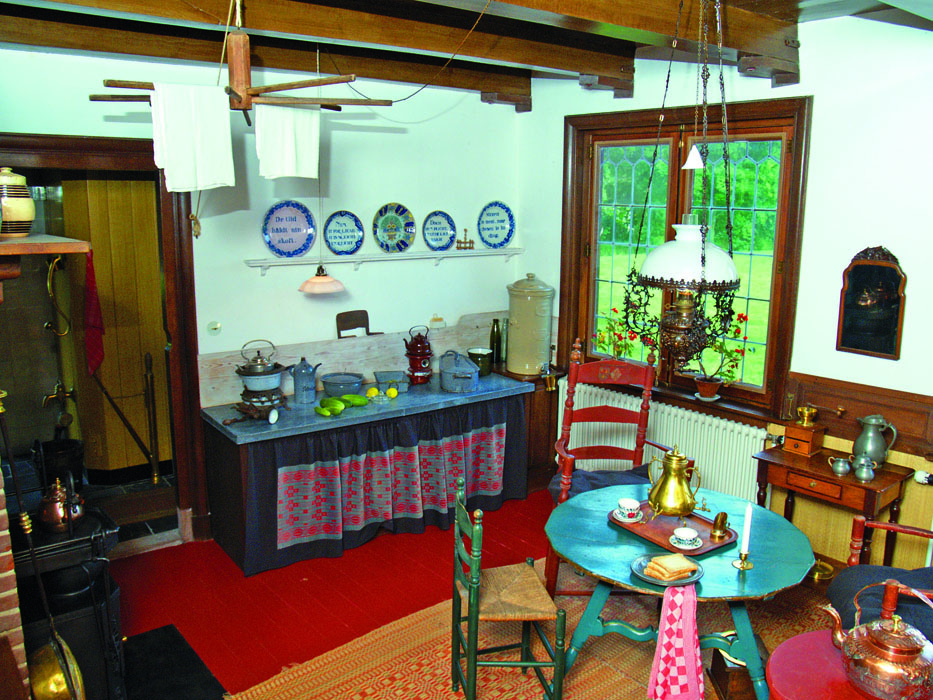
Dekemastate – Jelsum
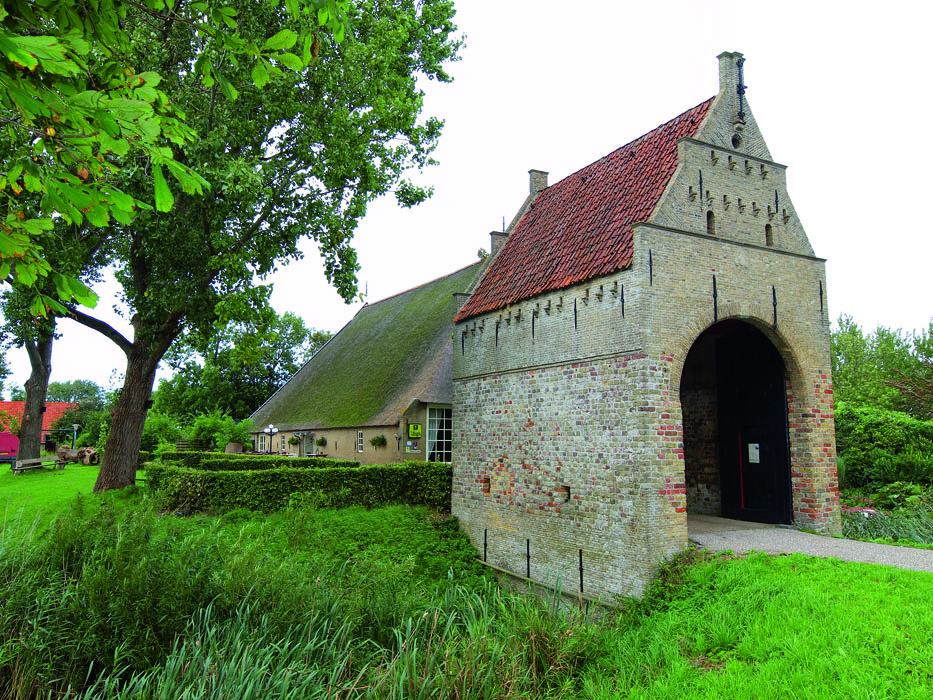
Liauckamastate – Sexbierum
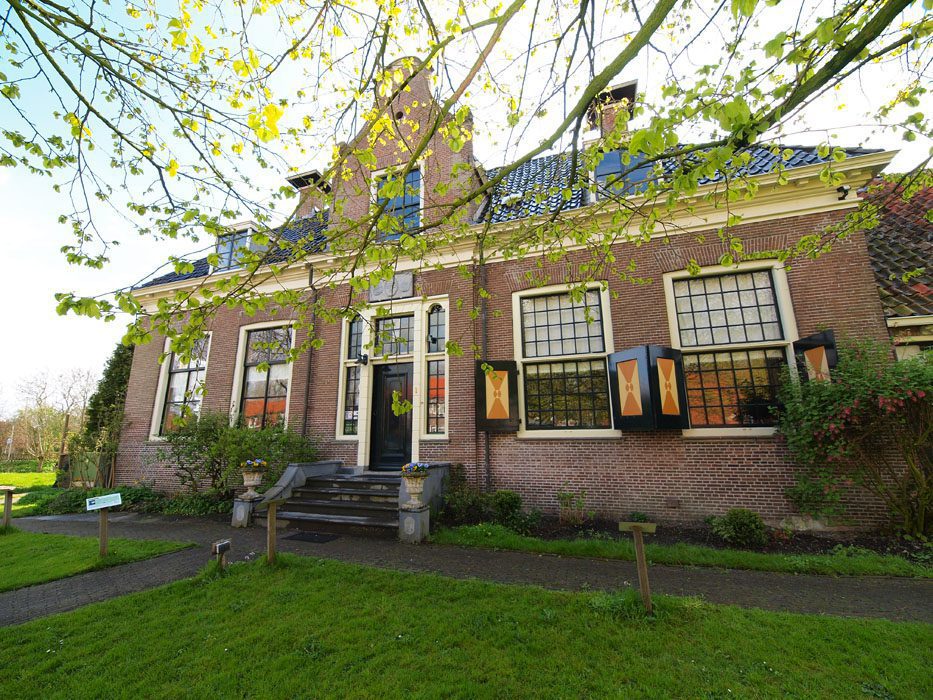
Roorda State – Wergea
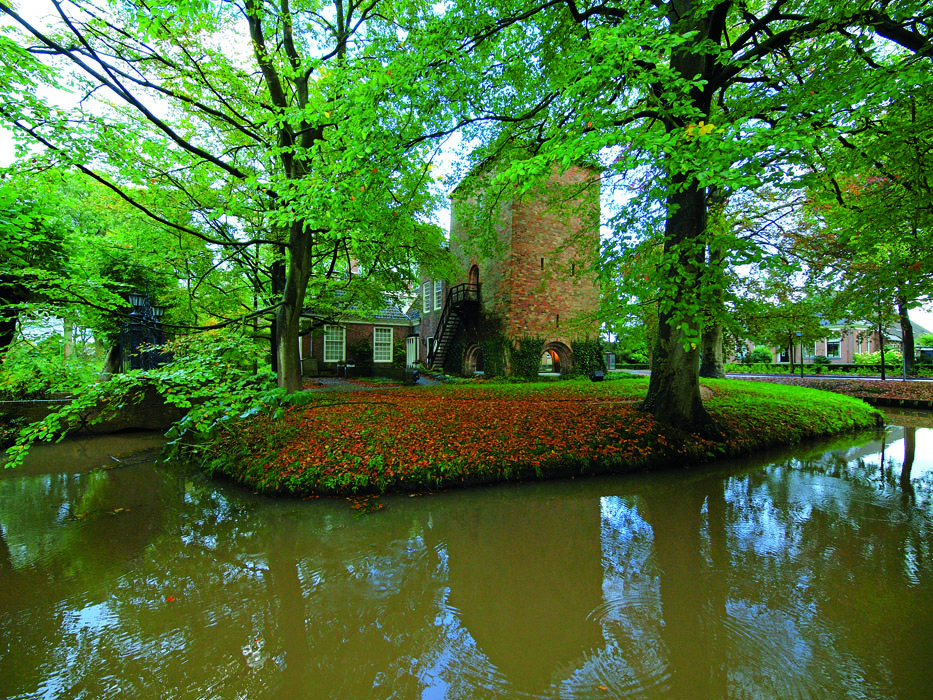
Schierstins – Feanwâlden
